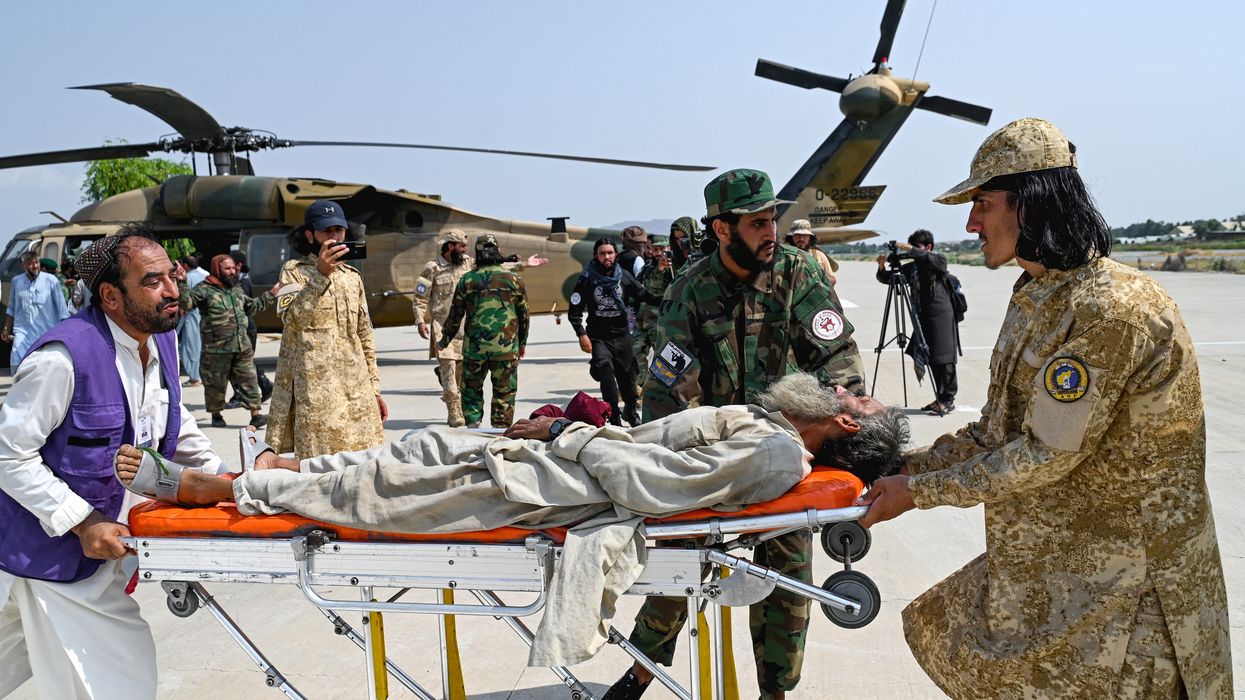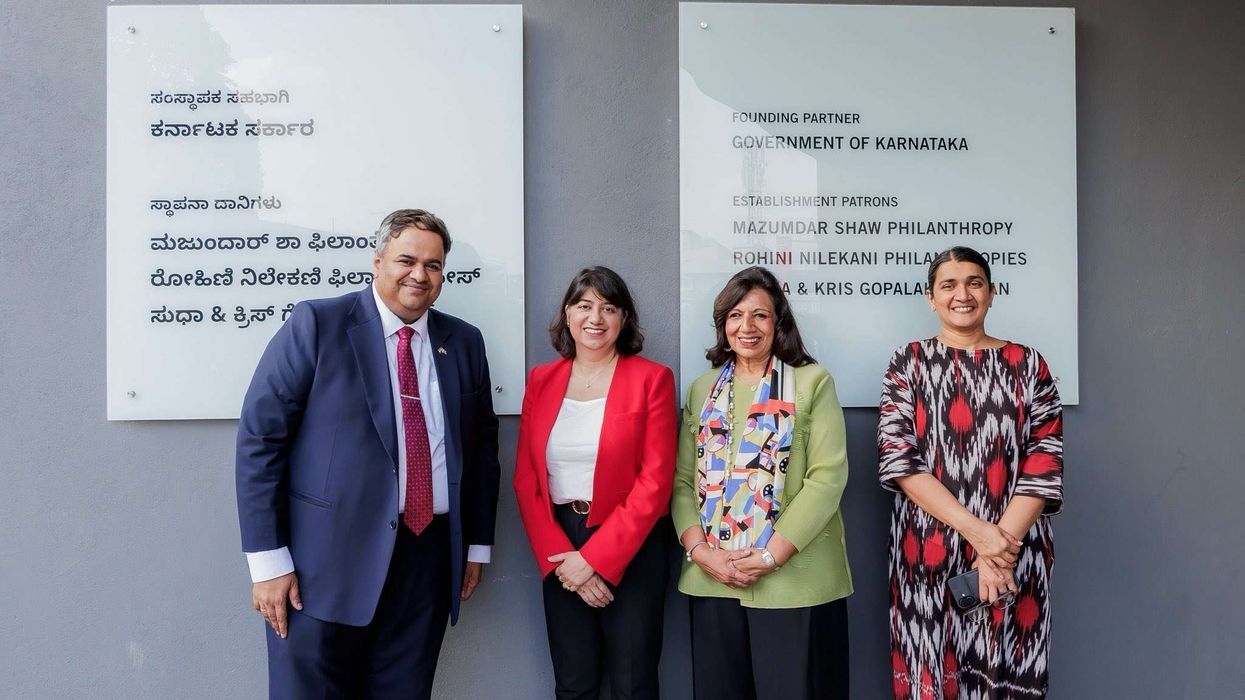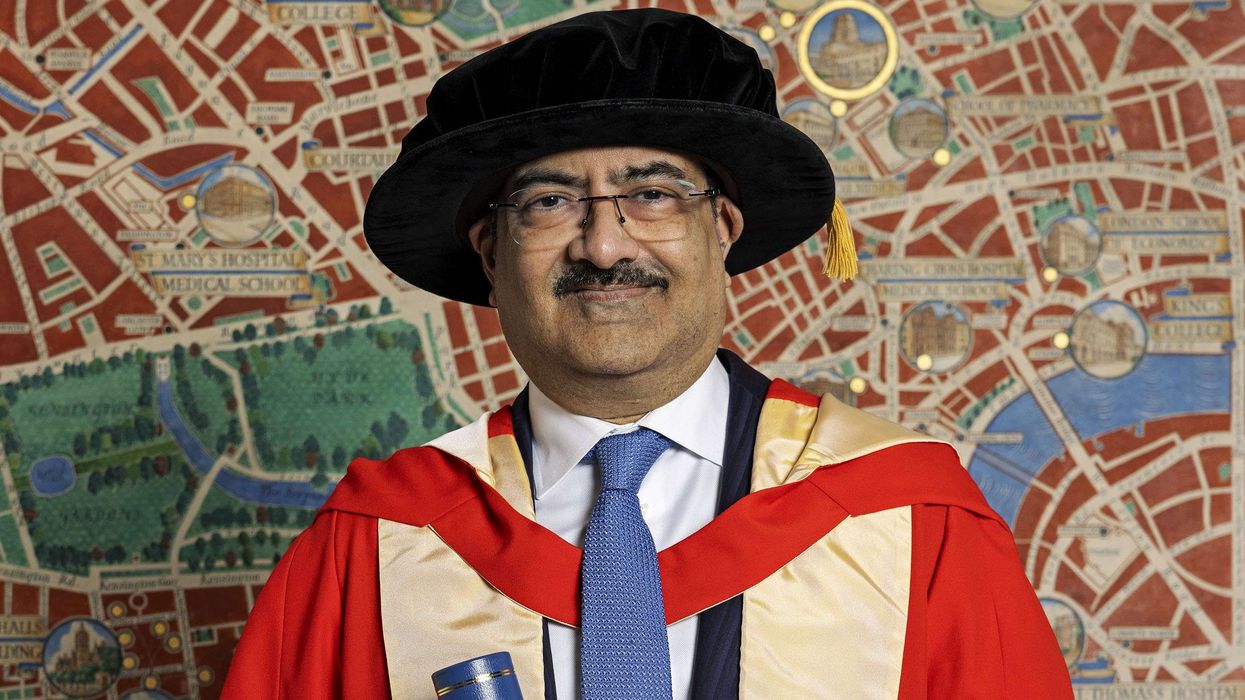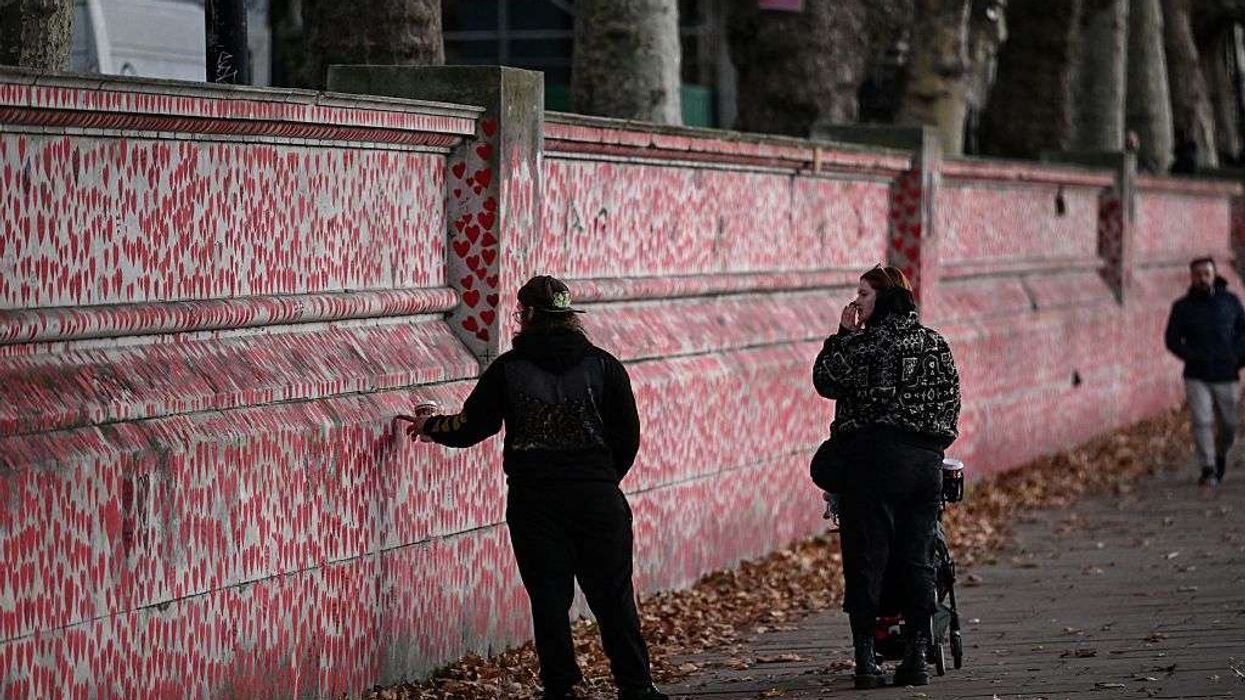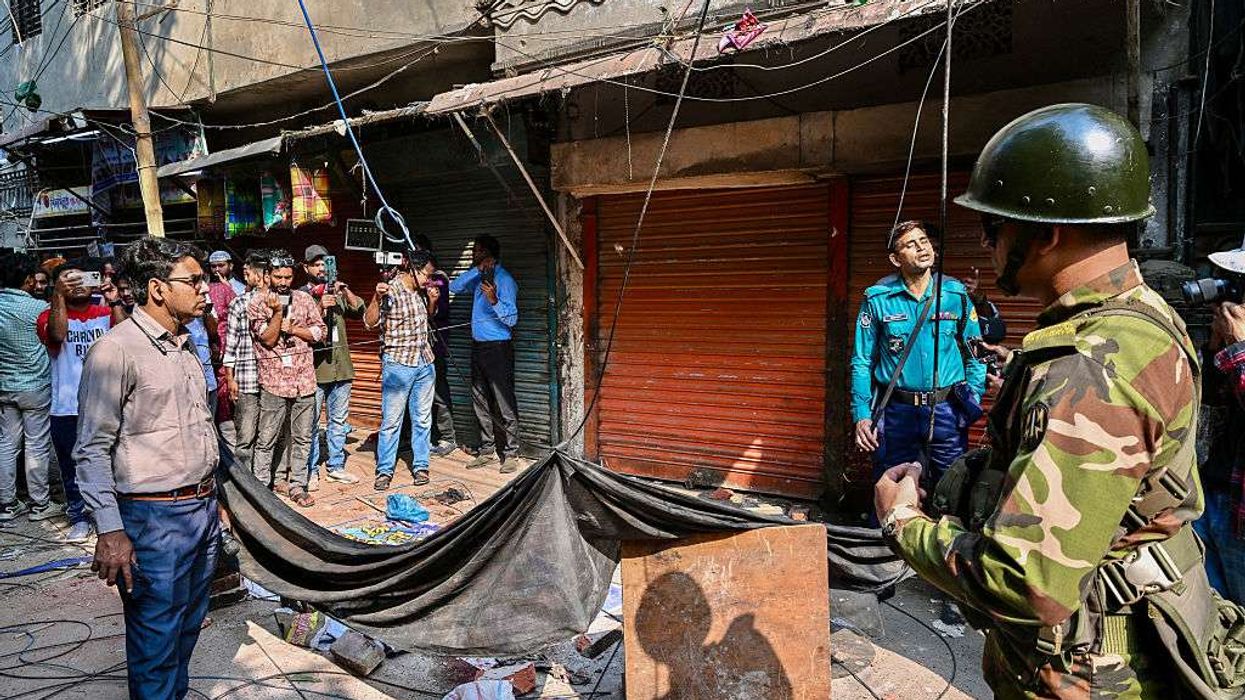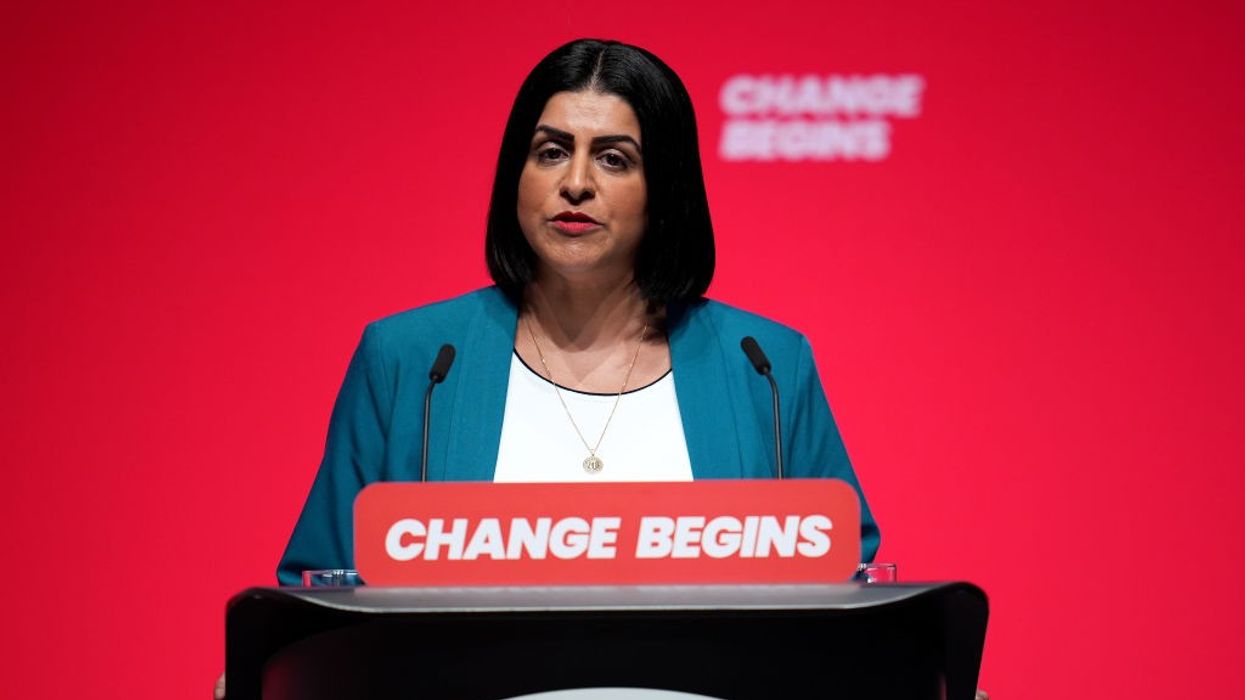A MAJOR rescue operation was underway in Afghanistan on Monday after a powerful earthquake and several aftershocks destroyed homes in a remote mountainous region, killing more than 800 people, according to Taliban authorities.
The quake struck just before midnight and was felt as far as Kabul and in Pakistan’s capital, Islamabad.
The US Geological Survey (USGS) said more than 1.2 million people likely experienced strong or very strong shaking.
Heavy toll in Kunar province
Near the epicentre in eastern Afghanistan, about 800 people were killed and 2,500 injured in Kunar province alone, Taliban government spokesman Zabihullah Mujahid said.
In neighbouring Nangarhar province, another 12 people died and 255 were injured, he added.
"Numerous houses were destroyed," interior ministry spokesman Abdul Mateen Qani told AFP.
Many Afghans live in mud-brick homes that are highly vulnerable to collapse.
Remote villages cut off
Some villages in Kunar province remain inaccessible due to blocked roads, the UN migration agency said in a statement to AFP.
The Taliban authorities and the United Nations mobilised rescue efforts in the worst-hit areas. The defence ministry said 40 flights had been carried out so far.
A member of Kunar’s agricultural department in Nurgal district said locals had rushed to clear blocked roads to reach cut-off villages, but the areas worst affected were remote with limited telecoms access.
"There is a lot of fear and tension... Children and women were screaming. We had never experienced anything like this in our lives," Ijaz Ulhaq Yaad told AFP.
He added that many people in the quake-hit villages were among the more than four million Afghans who have returned from Iran and Pakistan in recent years.
"They wanted to build their homes here."
Quake details
According to the USGS, the earthquake struck at a shallow depth of eight kilometres and was located 27 kilometres from Jalalabad in Nangarhar province.
Both Nangarhar and Kunar provinces border Pakistan. The nearby Torkham crossing has seen repeated waves of Afghan returnees, often with no jobs or shelter.
International response
UN Secretary-General Antonio Guterres expressed condolences, joining the Taliban government and several nations in offering sympathy.
"I stand in full solidarity with the people of Afghanistan after the devastating earthquake that hit the country earlier today," he said.
Aftershocks and frequent quakes
At least five aftershocks followed the initial quake, the strongest a magnitude 5.2 just after 4:00 am (2330 GMT Sunday).
Afghanistan experiences frequent earthquakes, particularly in the Hindu Kush mountain range where the Eurasian and Indian tectonic plates meet.
Nangarhar province was also hit by flooding between Friday night and Saturday, which killed five people and destroyed crops and property, provincial officials said.
In October 2023, a 6.3-magnitude earthquake struck western Herat province, killing more than 1,500 people and damaging or destroying more than 63,000 homes.
In June 2022, a 5.9-magnitude quake hit eastern Paktika province, killing more than 1,000 people and leaving tens of thousands homeless.
Ongoing crises
Afghanistan, already facing humanitarian challenges after decades of war, has limited capacity to respond to disasters. Since the Taliban’s return, foreign aid has been sharply reduced, further straining resources.
(With inputs from agencies)
